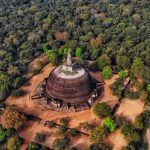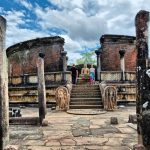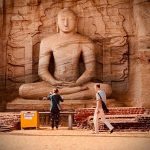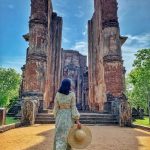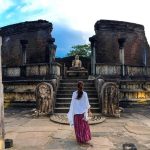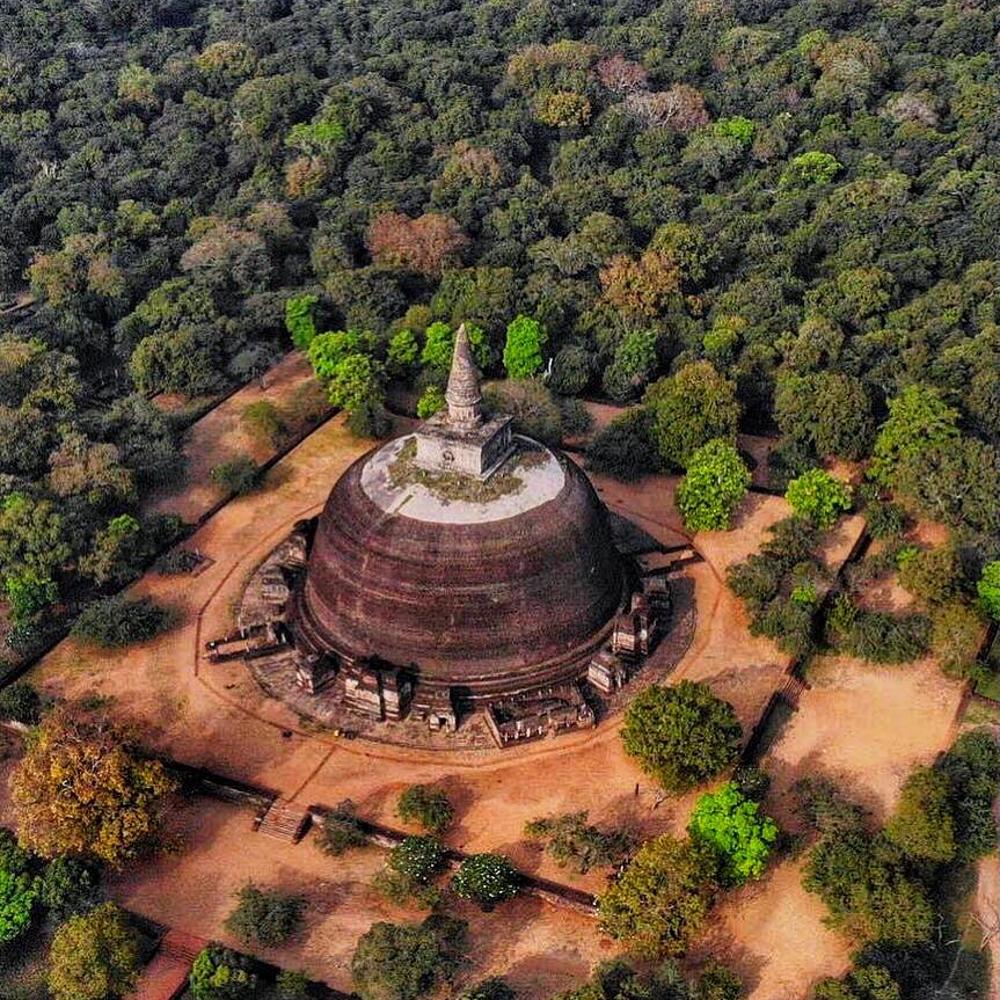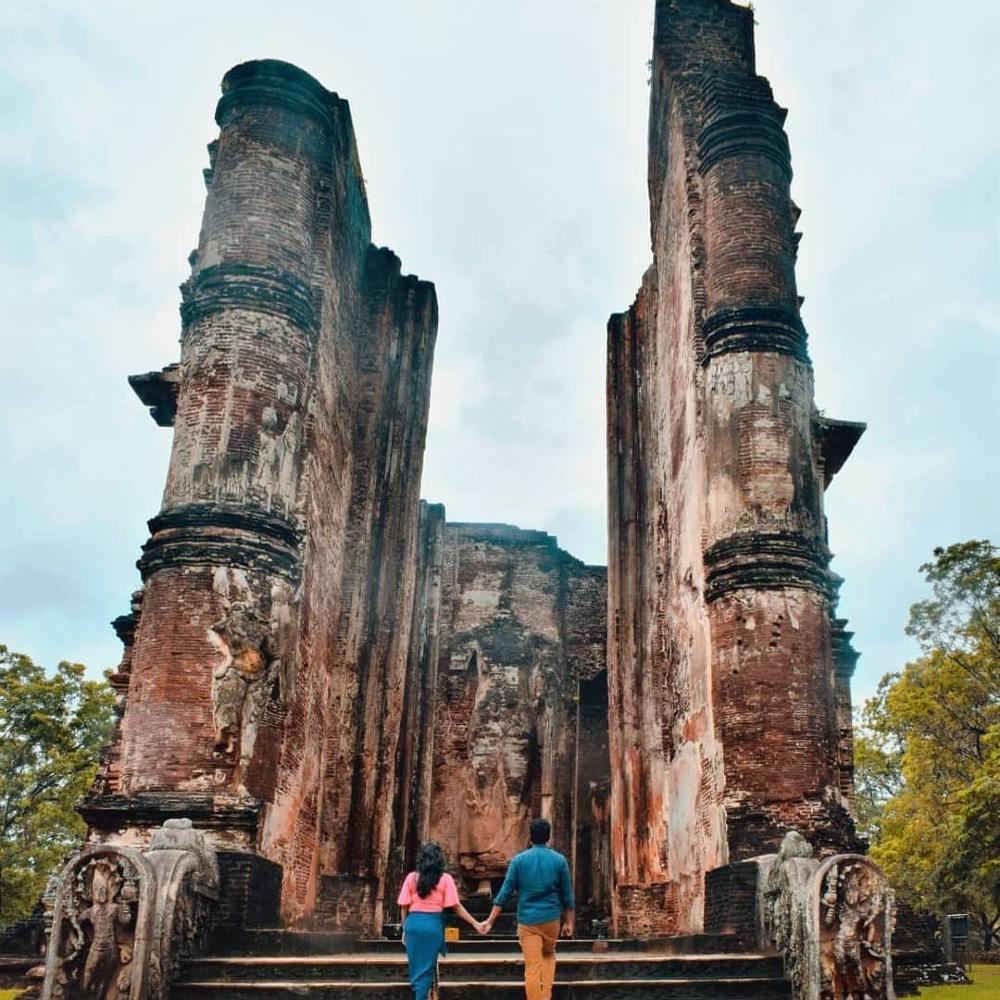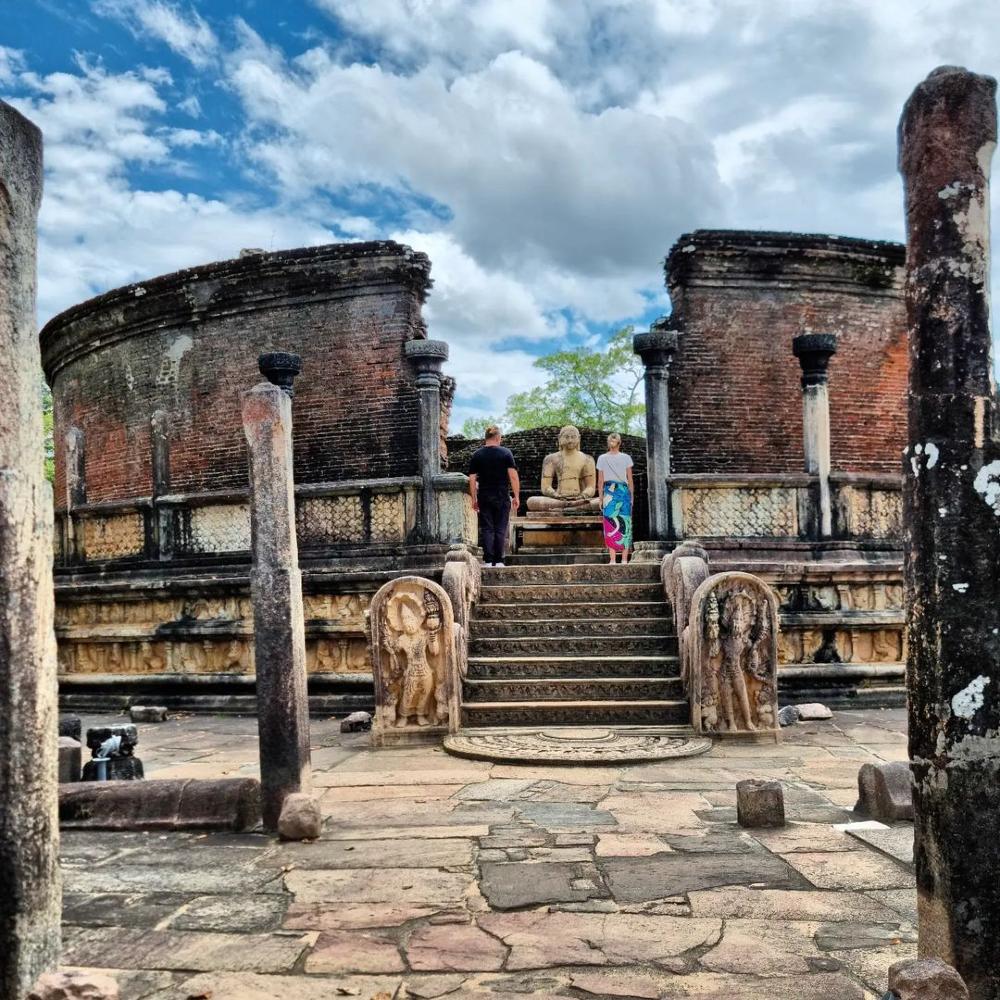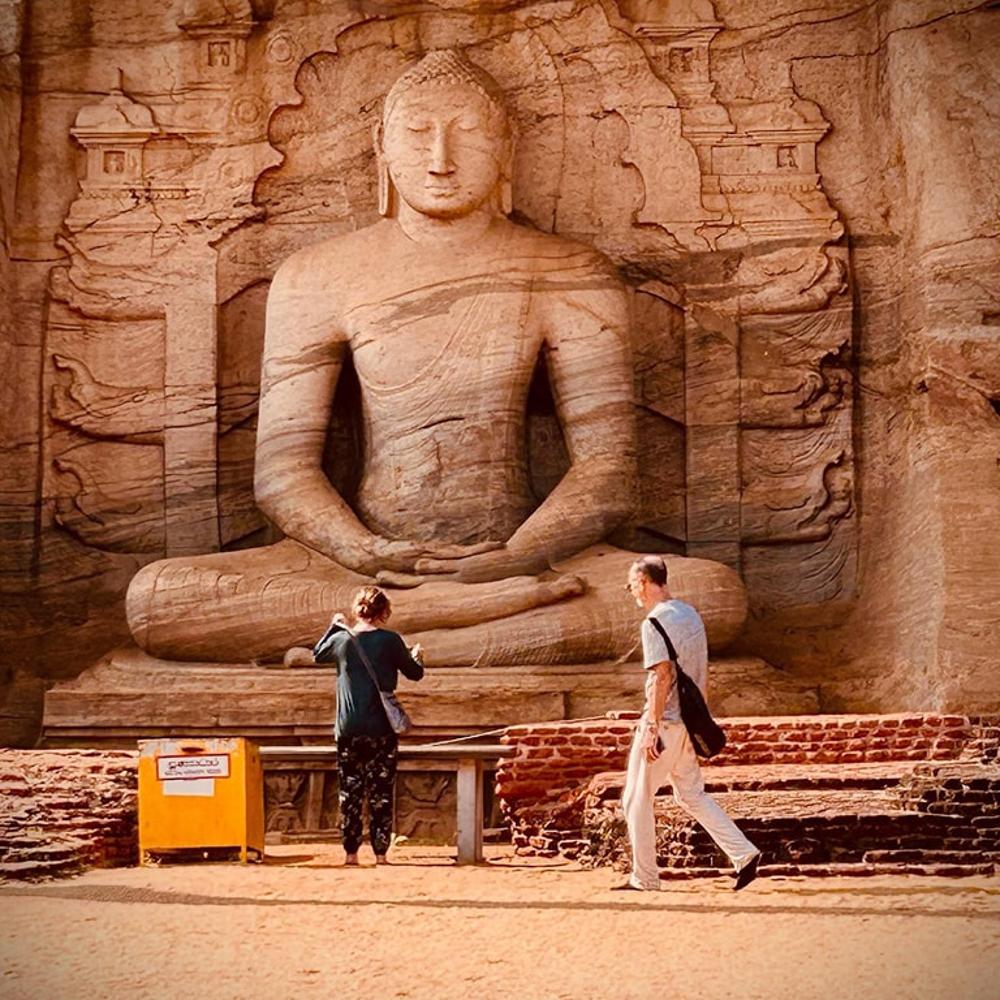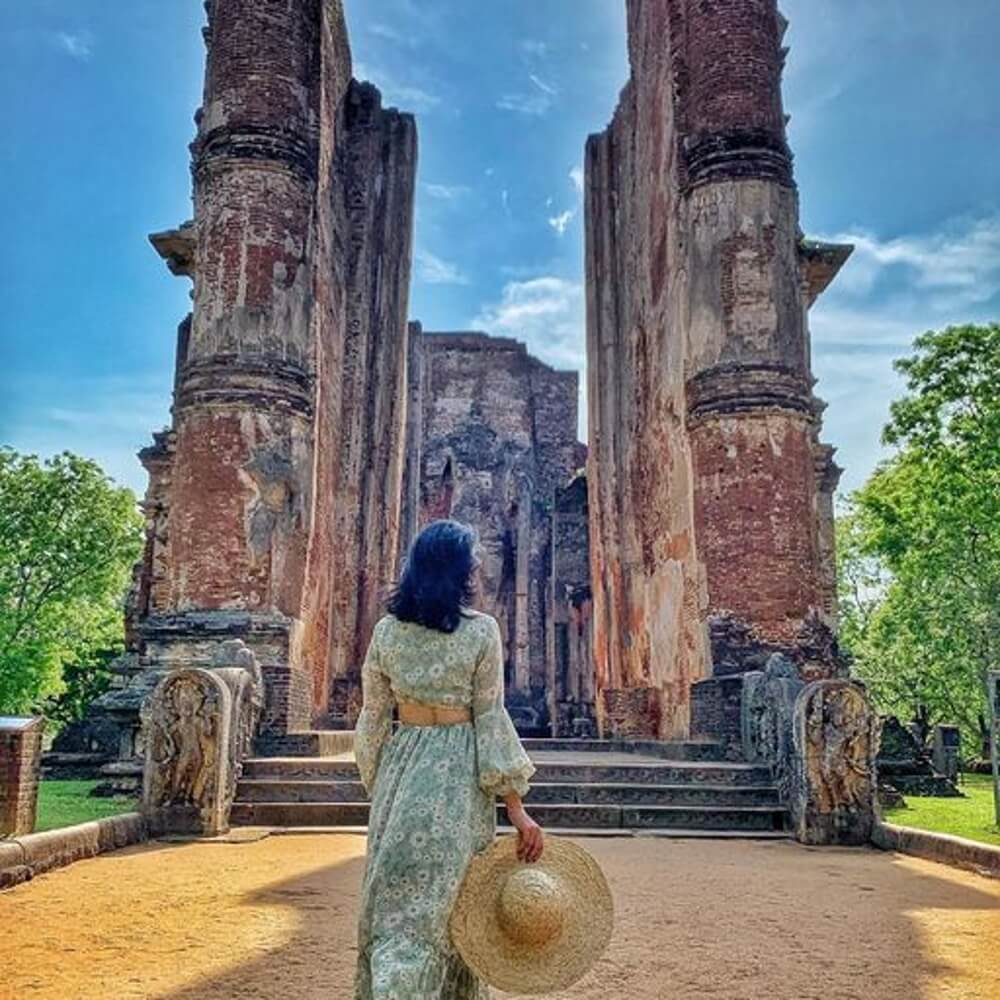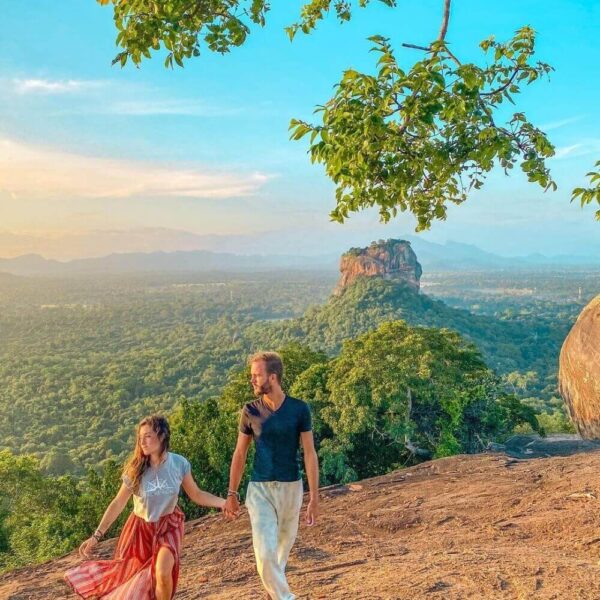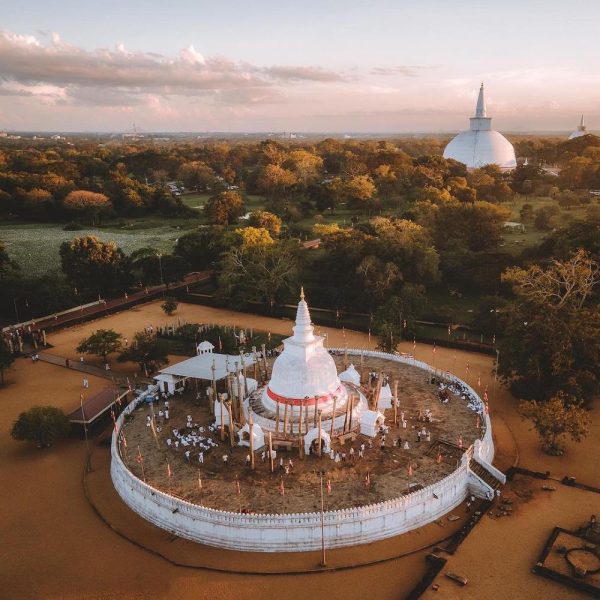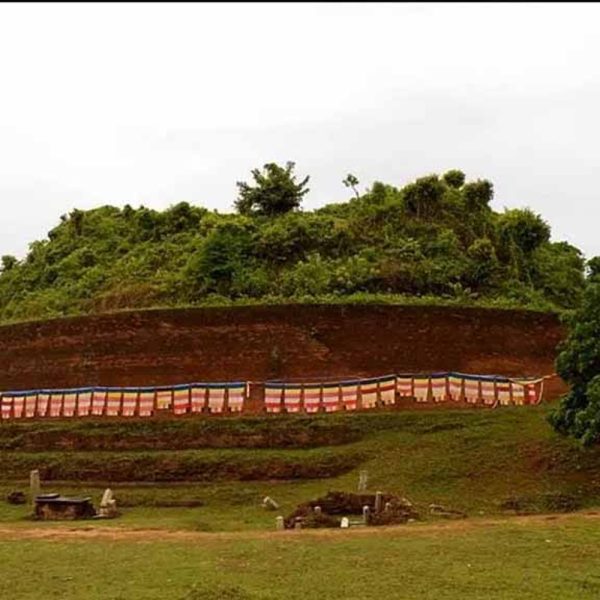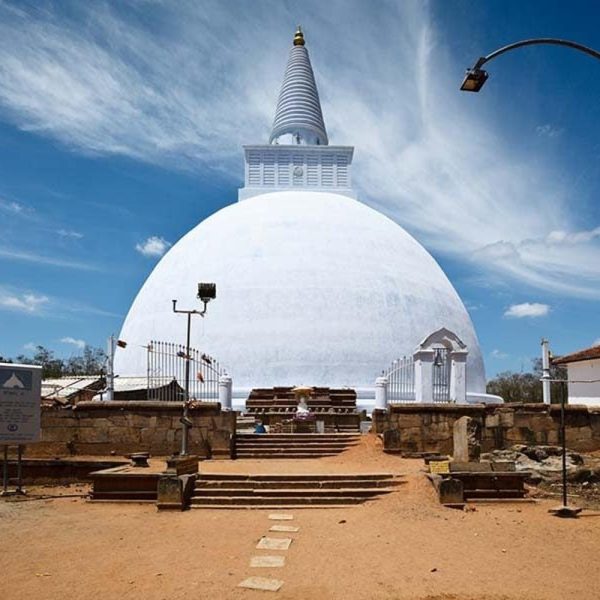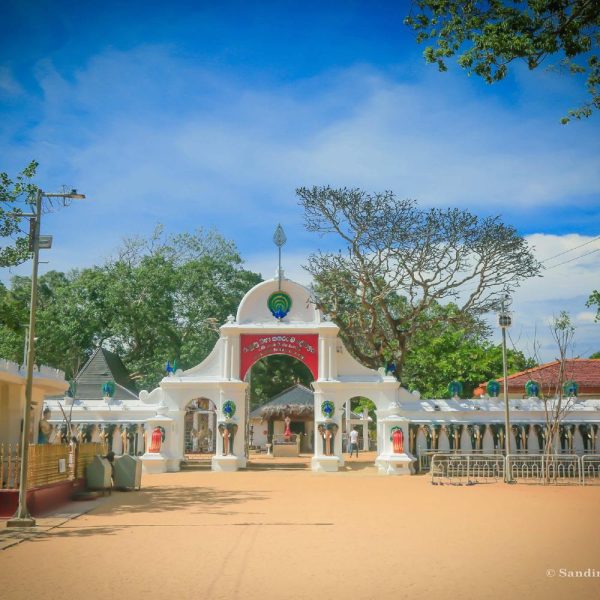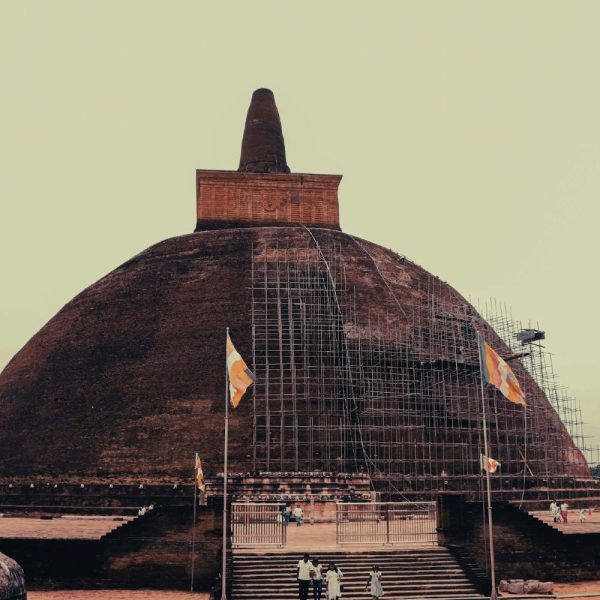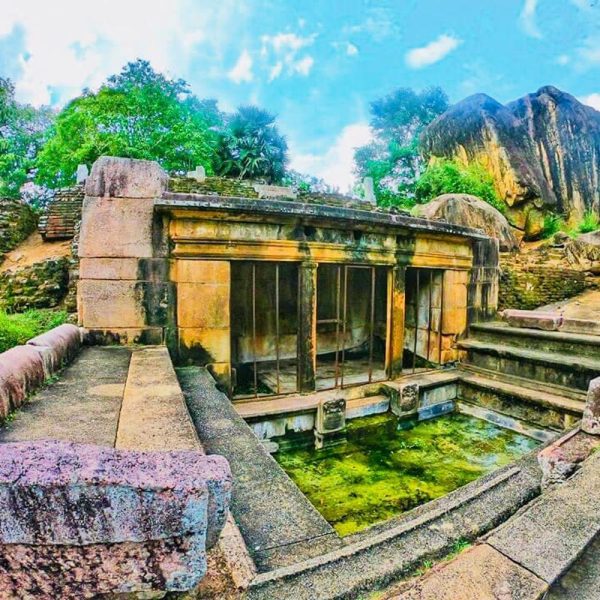Description
Polonnaruwa is an ancient city in Sri Lanka that served as the second capital of the country after the destruction of Anuradhapura in the 11th century. The city is renowned for its well-preserved archaeological remains, including ancient stupas, temples, statues, and other structures. Polonnaruwa’s historical significance and cultural richness have led to its designation as a UNESCO World Heritage Site.
Key attractions in the Polonnaruwa Ancient City include:
- Royal Palace: The Royal Palace complex includes the ruins of the king’s residence, audience hall, and other buildings. The palace area provides insights into the administrative and royal life of the ancient rulers.
- Gal Vihara: As mentioned earlier, Gal Vihara is a part of the Polonnaruwa complex, featuring rock-cut statues of Lord Buddha. The site includes four impressive Buddha statues carved out of a single granite rock.
- Vatadage: The Vatadage is a circular relic house, and the one in Polonnaruwa is known for its architectural beauty and intricately carved guardstones, moonstones, and pillars.
- Shiva Devale No. 2: This is one of the few Hindu shrines in Polonnaruwa. The shrine is dedicated to Lord Shiva and is an example of the coexistence of Hinduism and Buddhism in ancient Sri Lanka.
- Rankoth Vehera: One of the largest stupas in Polonnaruwa, Rankoth Vehera stands at a height of around 33 meters and is surrounded by a beautifully landscaped area.
- Kiri Vehera: Another significant stupa in the ancient city, Kiri Vehera, is known for its simplicity and is considered a place of worship and meditation.
- Statue of King Parakramabahu I: A standing statue of King Parakramabahu I, one of the great kings of ancient Sri Lanka, can be found in Polonnaruwa. The king played a pivotal role in the development of the city.














